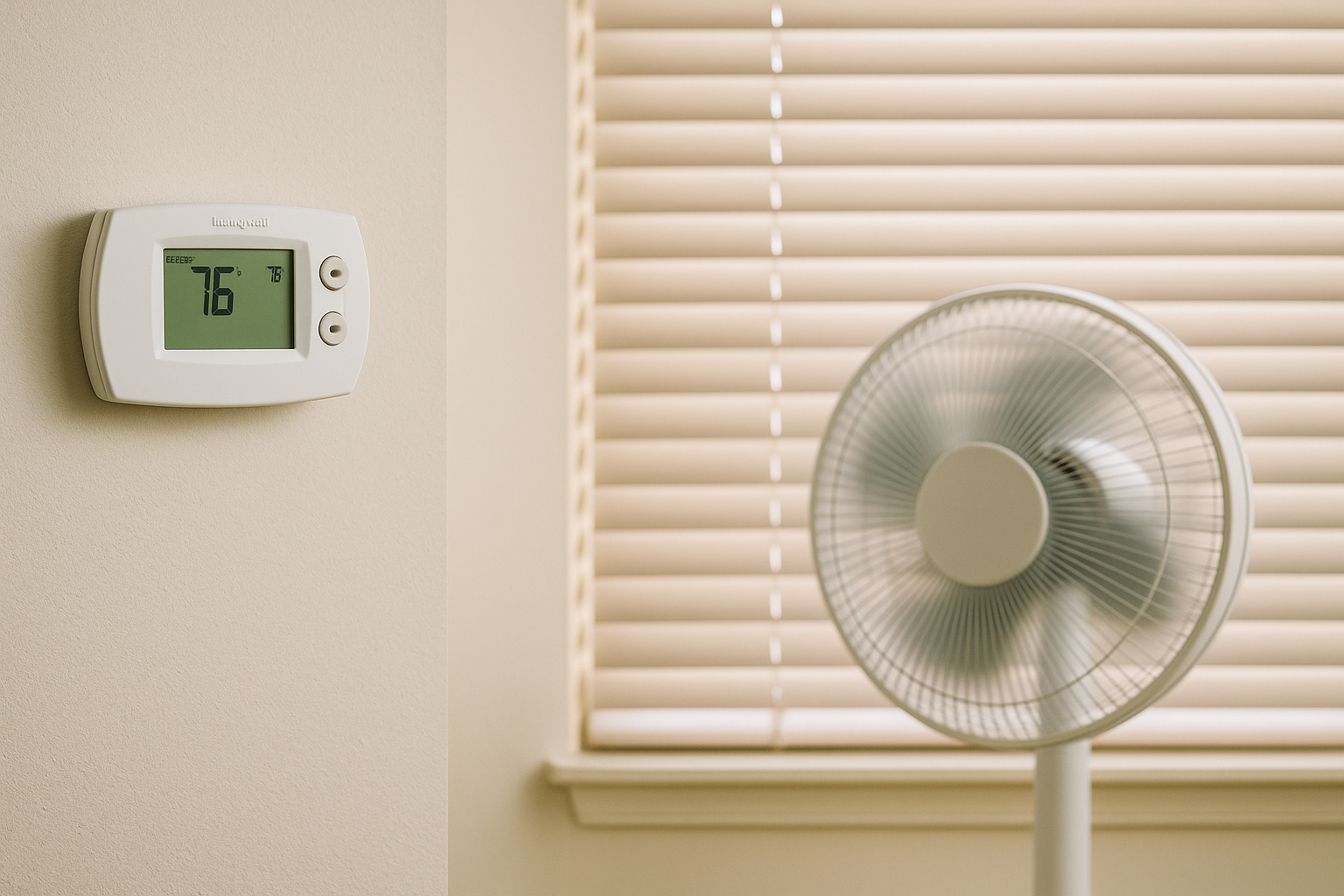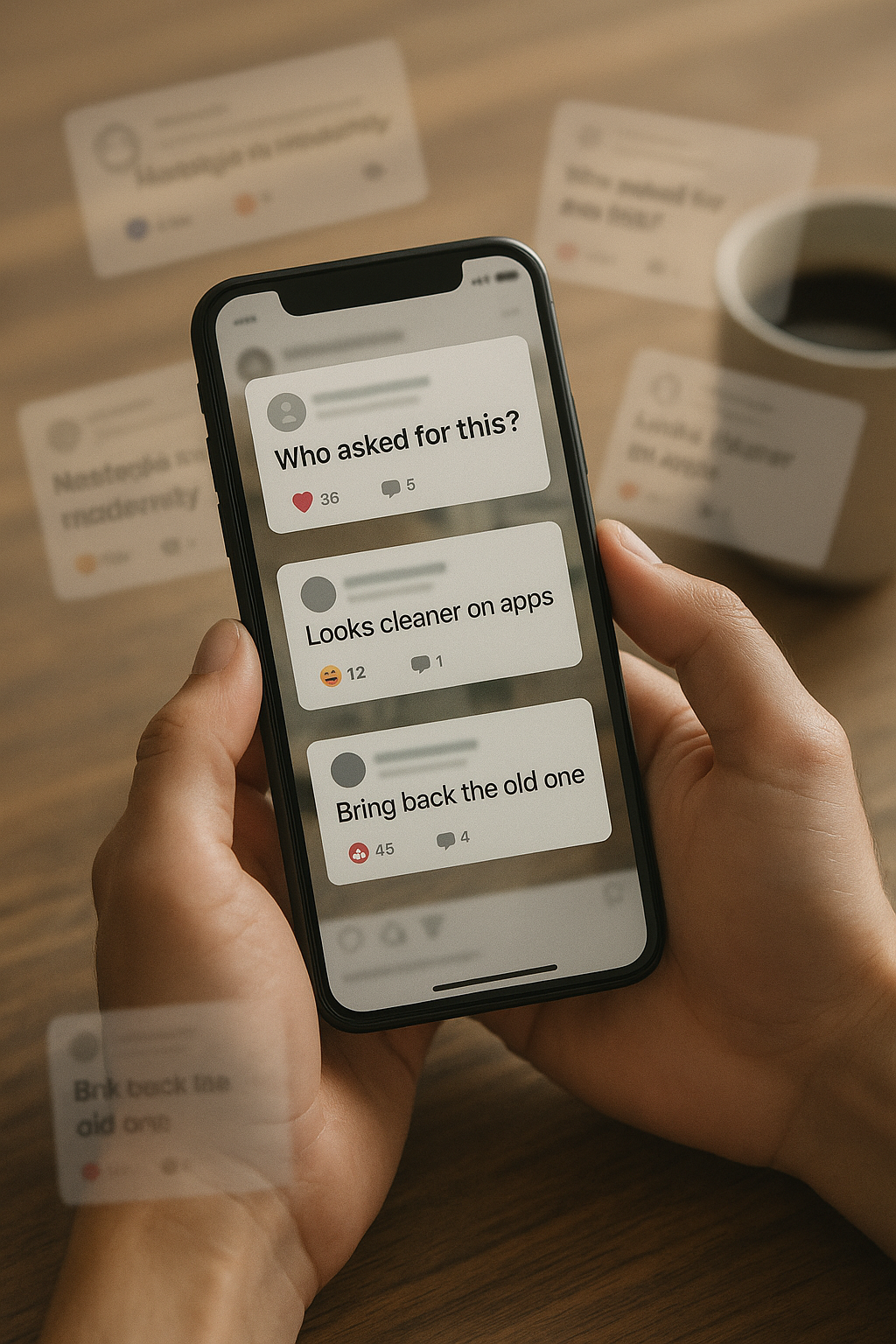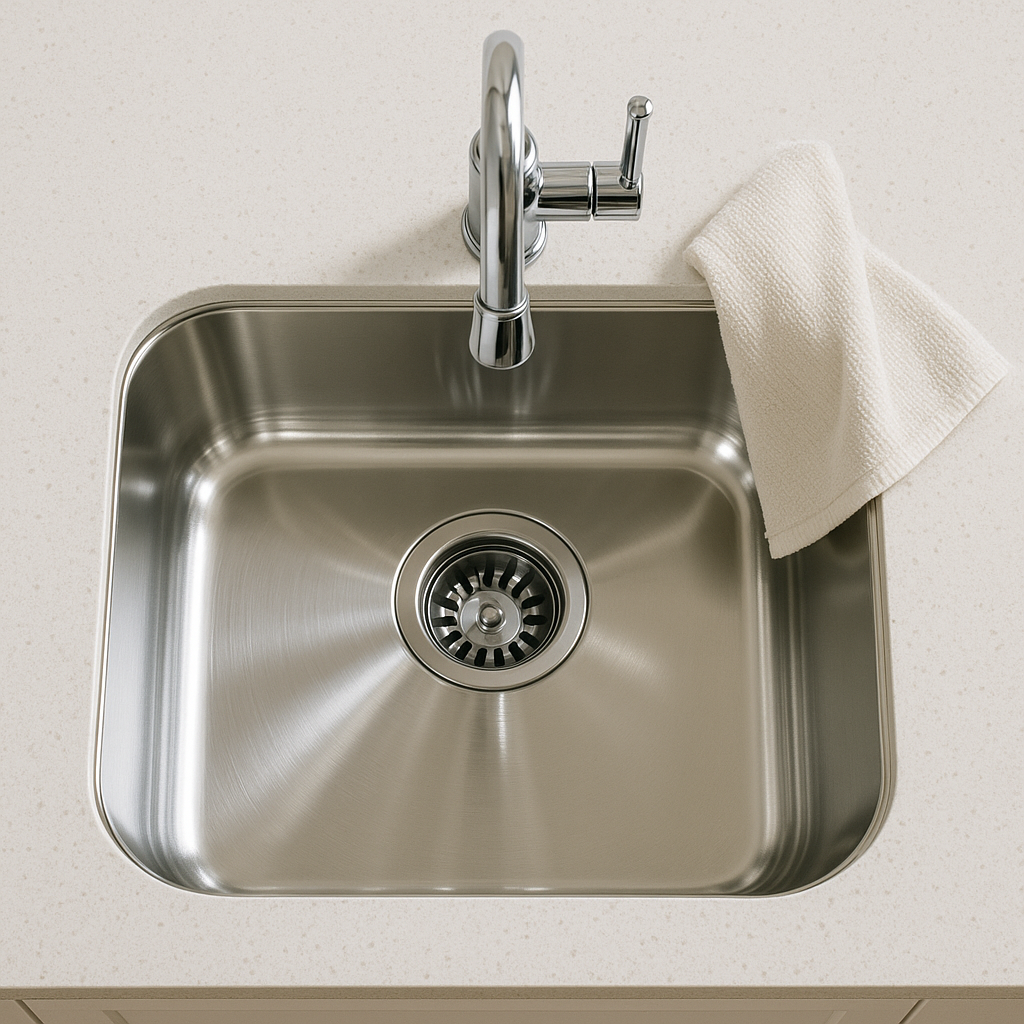Record heat is stressing the grid in parts of California. Use this 10-minute routine to lower power use and keep rooms comfortable during peak hours—without a miserable afternoon.
The News (What’s Happening)
Parts of California are under a heat wave this week, with utilities urging conservation and warning that rotating shutoffs are possible during peak demand. On extreme-heat days, grid operators may issue Flex Alerts—voluntary calls to reduce electricity use during late-afternoon/evening peaks.
TL;DR: Comfort and lower bills are still possible today with a few high-impact tweaks at home.
The 9-Step, 10-Minute Home Checklist
1) Pre-cool smart (late morning → early afternoon)
Set the thermostat to 76–78°F by late morning, close blinds on sun-facing windows, and run ceiling/floor fans. Fans make you feel ~4°F cooler while using a fraction of AC power. During 4–9 PM, raise the setpoint 2–4°F and coast on the cooler air you banked.
2) Clean the AC filter (60 seconds)
Dirty filters choke airflow and can spike energy use. Pop the return vent or mini-split filter and vacuum or rinse (if washable). Check monthly in summer.
3) Block heat leaks fast
Close doors to unused rooms; roll a towel at the hottest threshold. For blazing windows, use reflective shades—or even a temporary foil layer for today (ugly, effective).
4) Kitchen switch-ups (biggest indoor heat win)
Skip oven/long stovetop boils during peak. Use microwave, toaster oven, air fryer, or outdoor grill. Batch-cook before 4 PM and reheat later.
5) Laundry & dishes: off-peak + cold
Run machines before 10 AM or after 9 PM. Choose cold wash and air-dry when possible. Clean the dryer lint screen and dishwasher filter for faster cycles.
6) Phantom loads = free watts
Power strips OFF for TV/game/chargers from 4–9 PM. Unplug counter appliances you don’t need.
7) Lighting: instant savings
Turn off halogens/incandescents; swap to LEDs if any are left. Dust fixtures—clean shades reflect more light, so you can run fewer lamps.
8) Fridge/freezer tune-up (2 minutes)
Set 37°F / 0°F, keep ⅔ full (use water bottles as mass). Vacuum the coils to improve efficiency and cut waste heat. Check door gaskets (dollar-bill test).
9) Air quality: smoke-smart cooling
If smoke drifts into your area, keep windows shut and run AC on recirculate. A quick DIY purifier (box fan + MERV-13 filter) can drop indoor particles fast.
What This Means for You
- Comfort without overpaying: Pre-cool + fans beat “AC on full blast at 6 PM.”
- Lower bills this week: Off-peak laundry/dishes + phantom-load cuts = quick savings.
- Grid-friendlier home: These habits help avoid rotating outages when demand spikes.
Do / Don’t
Do
- Use shades, fans, and a clean AC filter.
- Charge devices off-peak.
- Keep fridge/freezer efficient and well-sealed.
Don’t
- Run ovens, dryers, or dishwashers 4–9 PM.
- Open windows if local AQI is poor.
- Block AC returns with furniture or curtains.
Save This Mini-Label (printable)
HEAT-WAVE ROUTINE — AM pre-cool to 76–78°F → close blinds → fans on. 4–9 PM: raise 2–4°F, no oven/dryer, strips OFF. After 9 PM: laundry & dishes. Weekly: clean AC filter & dryer lint; monthly: vacuum fridge coils.



